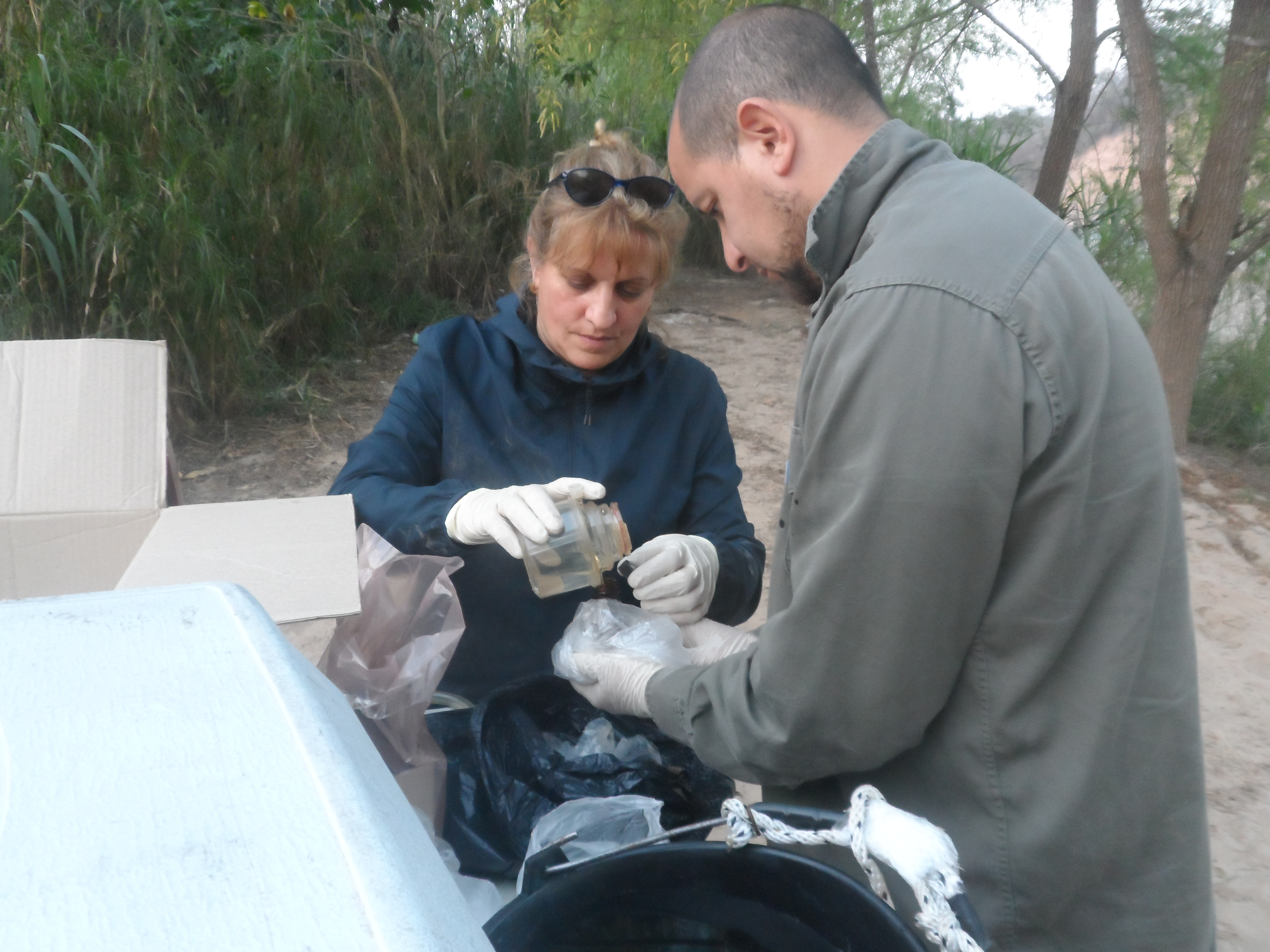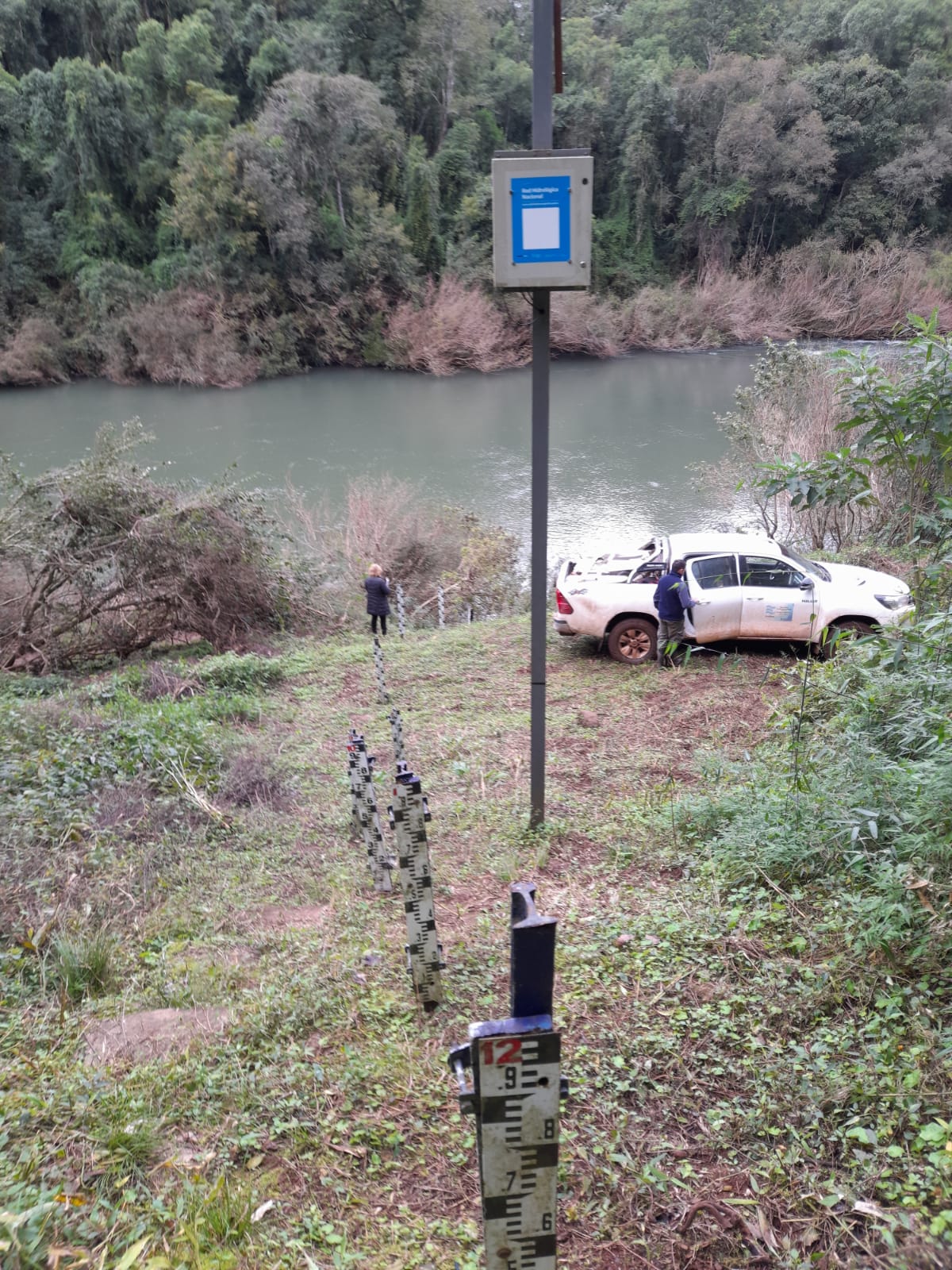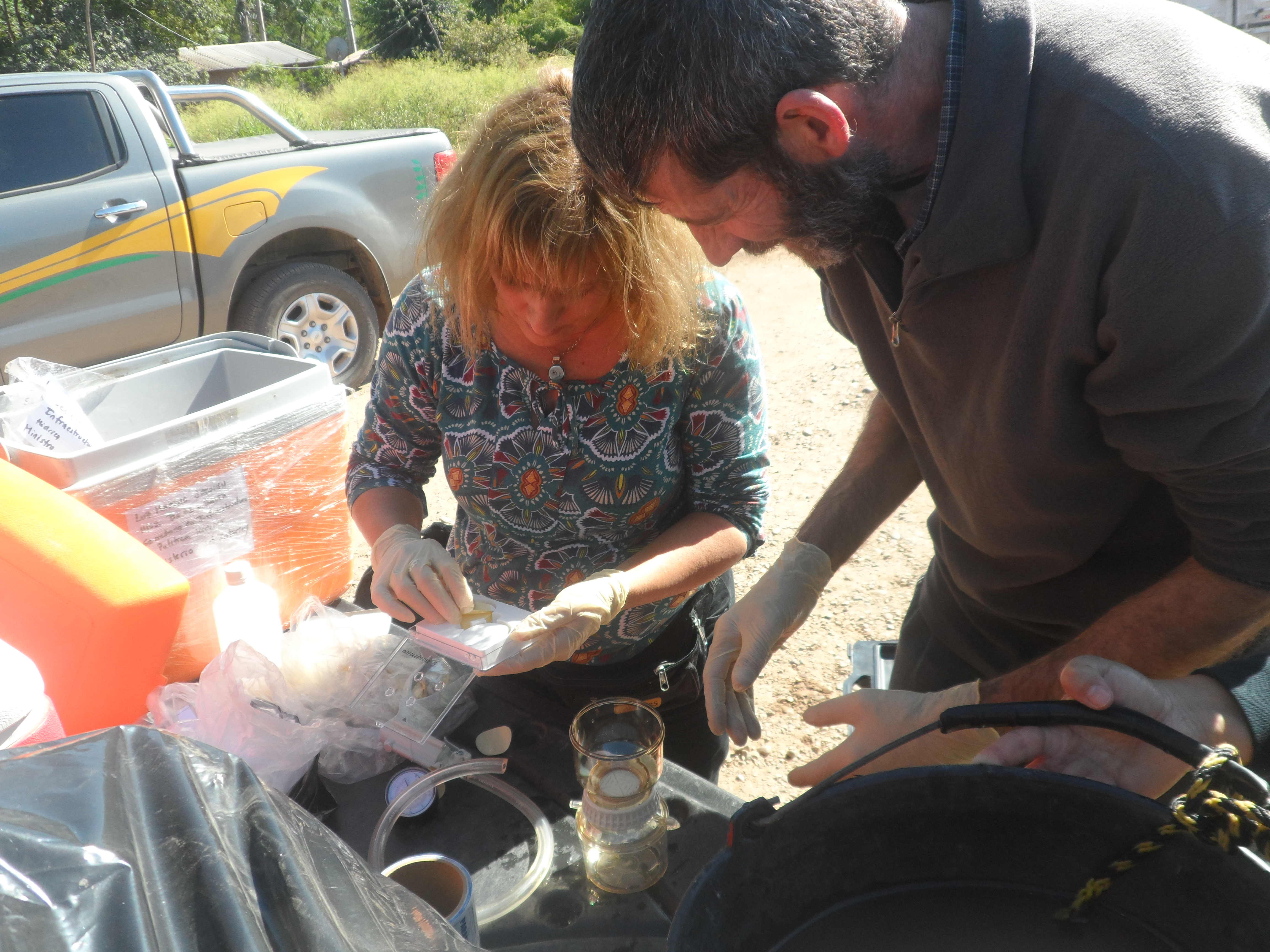News
Current Student Profile: Luz Marina Jakomin Rudez from Argentina

Since early childhood, Luz Marina Jakomin Rudez has made her home in Buenos Aires, the capital city of Argentina, a city of 13 million people and the fifth-largest metropolitan area in the Western Hemisphere. Few individuals in any field demonstrate as consistent a thirst for knowledge as Luz Marina and she has been a dynamic presence in the Argentinian water sector for more than a quarter-century. She originally studied at the University of Buenos Aires and earned a Bachelor of Science in Chemistry; she then found work in a water laboratory. This led her to another laboratory position, dealing with sewage water, and eventually, at age 30, she entered the Ministry of Public Works. With the progress of her career, however, she recognized the gaps in her knowledge and decided to pursue a Master of Science in water resources. This took her from Buenos Aires up the Rio de la Plata’s main tributary, the Paraná River, to Rosario. There, she studied at the National University and developed her skills in the hydrology of the central Argentinian plains.
Always in pursuit of more knowledge, Luz Marina began taking continuous professional development courses with the UNEP GEMS/Water Capacity Development Centre (CDC) at University College Cork, Ireland. This, in turn, led to her current educational goal, a Master of Science in Water Quality Monitoring with the CDC. Now, after 26 years with the Ministry of Public Works Water Resources Secretariat, she is involved with every aspect of water management in her area. She deals with both quality and quantity, working with 130 stations tracking quality and about 600 hydrological stations that show discharge.
“There is no typical day at work”, she explains, noting that her role as an Assessor features days in the office, where her tasks include paperwork and organization, analysing the information their monitoring stations produce, and writing up reports and questionnaires for the government. Other days she is out in the field, taking samples, supervising monitoring, and responding to periodic problems.

Hydrological network station, Argentina
It’s no wonder that no day is typical, as Argentina is a large country with sharp contrasts in relation to water availability. A wide range of problems may pop up. Overall, she notes, the quality is generally good; the Rio de la Plata provides the bulk of Buenos Aires’s supply and it has a truly immense flow. It drains an enormous watershed of approximately 3.5 million square kilometres, including regions of five countries: Argentina, Bolivia, Uruguay, Paraguay, and Brazil. The water must be treated—no surprise there—although in some of Buenos Aires’s outer suburbs, the central supply does not reach and residents resort to groundwater. Here is one possible problem with local water quality: as long as the wells reach 60 metres down, the quality is generally good, but not all of them do and not all of them are well made. Those wells that are not deep enough or not of a high enough quality, often the older ones, risk faecal contamination, a serious hazard for households. Another important problem is the occurrence of high levels of arsenic due to geological conditions. Arsenic may appear in underground water due to the alteration of primary silicates such as biotite or volcanic glass, which occurs in loess and ash. This is found in Buenos Aires and other provinces.
The bulk of the city’s water comes, as noted, from the great Rio de la Plata and its immense drainage basin. But, like all surface water bodies, it is subject to environmental factors, and there has been a severe drought for the past five years in what is normally a fairly wet area. This had led to a host of issues: across the river from Buenos Aires is the country of Uruguay, where there have been severe shortages. In some cases, pipes simply do not reach the drought-shrunken water sources. In other case, Luz Marina points that the drought has altered animal behaviour. Squirrels in the Lujan area of Buenos Aires province were desperately thirsty and were found to go after pipes, biting into them to try to get at the water inside.
More sampling from the Bermejo River, Argentina
A systemic issue that Luz Marina identifies is that people in her region are profligate. consumers of water, using 500 litres of water per day or more. It’s used to wash cars, to spray off streets and footpaths; baths are frequent, showers are long, and it’s common to leave taps running; in the warm climate, many homes have swimming pools. And, problems of shortage are compounded by an inefficient and frankly leaky water infrastructure. She notes that 35% of the water is lost before it even reaches homes.
Still, the broad management of water resources and its quality is improving. New treatment plants are being constructed, and the removal of wastewater is better. This latter issue is a particularly welcome change, as in areas where supply is increased but waste not efficiently removed, the waste waters can raise the water table and contribute to problems with flooding and poor quality. Now, she says, there’s a better balance.
Through it all, Luz Marina has been a dynamic presence in Argentinian water. With her ever-expanding expertise, she has acted as a conduit, bringing the globally-sourced knowledge available through GEMS/Water to her country, while also contributing to the global database of water quality data housed at GEMStat, in Koblenz, Germany. As far back as 2006, she designed a new monitoring programme for a transboundary river area in the north of her country to add to GEMStat. In 2010 and 2014, she was involved in the GEMS/Water-sponsored 7th and 8th performance evaluations, exercises in which laboratories around the world ensured that their instruments were properly and commonly calibrated. In the latter case, all five countries sharing the La Plata Basin participated. She took part in a GEMS/Water workshop in Panama in 2012. She has also worked to get Argentina’s groundwater monitored, and its data submitted to GEMStat as well.
Luz Marina is, then, a model student of the UNEP GEMS/Water CDC: she has consistently pursued knowledge, has helped improve the water quality monitoring of her area, and contributes actively to global knowledge of water quality. There is no doubt that, if every country had a few more Luz Marinas, the world would be a better place.

